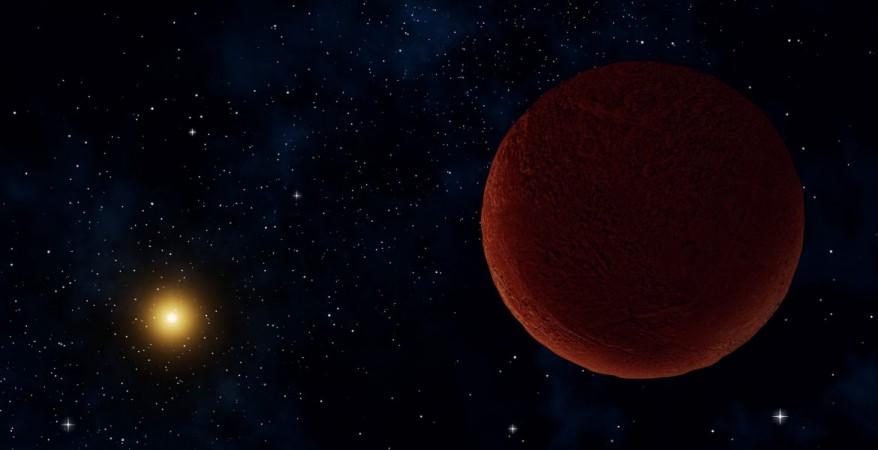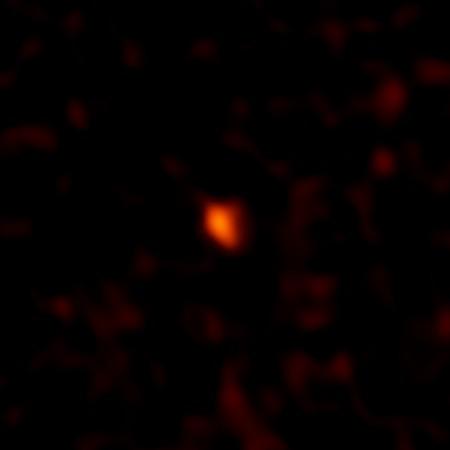
Astronomers -have discovered a new planet located at the edge of the Solar System. The planet has been nicknamed 'DeeDee' by researchers, after the facts it's a Distant Dwarf.
Also Read: Gin health benefits: Boosts metabolism, eases arthritis and is safe for diabetics!
Though the planet possesses the characteristics required to be classified a dwarf planet, researchers still haven't officially announced it as one.
DeeDee was first spotted at the end of 2016. It was discovered with the help of the four-meter Blanco telescope at Cerro Tololo Inter-American Observatory in Chile, during the Dark Energy Survey (DES), a statement by National Radio Astronomy Observatory (NRAO) claimed.
The DES refers to an optical and near-infrared survey that aims at exploring the dynamics of the expansion of the Universe, and the growth of large-scale structure.

Previously, there was little known about DeeDee's structure, but with the help of latest data accumulated at the Atacama Large Millimeter/submillimeter Array (ALMA), researchers have learned a lot about the distant dwarf.
"Far beyond Pluto is a region surprisingly rich with planetary bodies. Some are quite small, but others have sizes to rival Pluto, and could possibly be much larger," said David Gerdes, a scientist with the University of Michigan and lead author of the study.
"Because these objects are so distant and dim, it's incredibly difficult to even detect them, let alone study them in any detail. ALMA, however, has unique capabilities that enabled us to learn exciting details about these distant worlds," he added.

DeeDee is 395 miles wide (approx. 635.7 kilometres) and is situated at a distance of 92 astronomical units, or around 13.7 billion kilometres, from our Sun.
Due to its distance from Sun, this distant dwarf takes 1,100 years to complete one revolution.
"We calculated that this object would be incredibly cold, only about 30 degrees Kelvin, just a little above absolute zero," said Gerdes.
Celestial bodies like DeeDee are cosmic leftovers of our solar system. The orbits and physical properties they possess disclose crucial details about how the Earth and other planets were formed.
The research has been published in The Astrophysical Journal Letters.
ALMA Takes A Look At Solar System Member Called DeeDee:

















